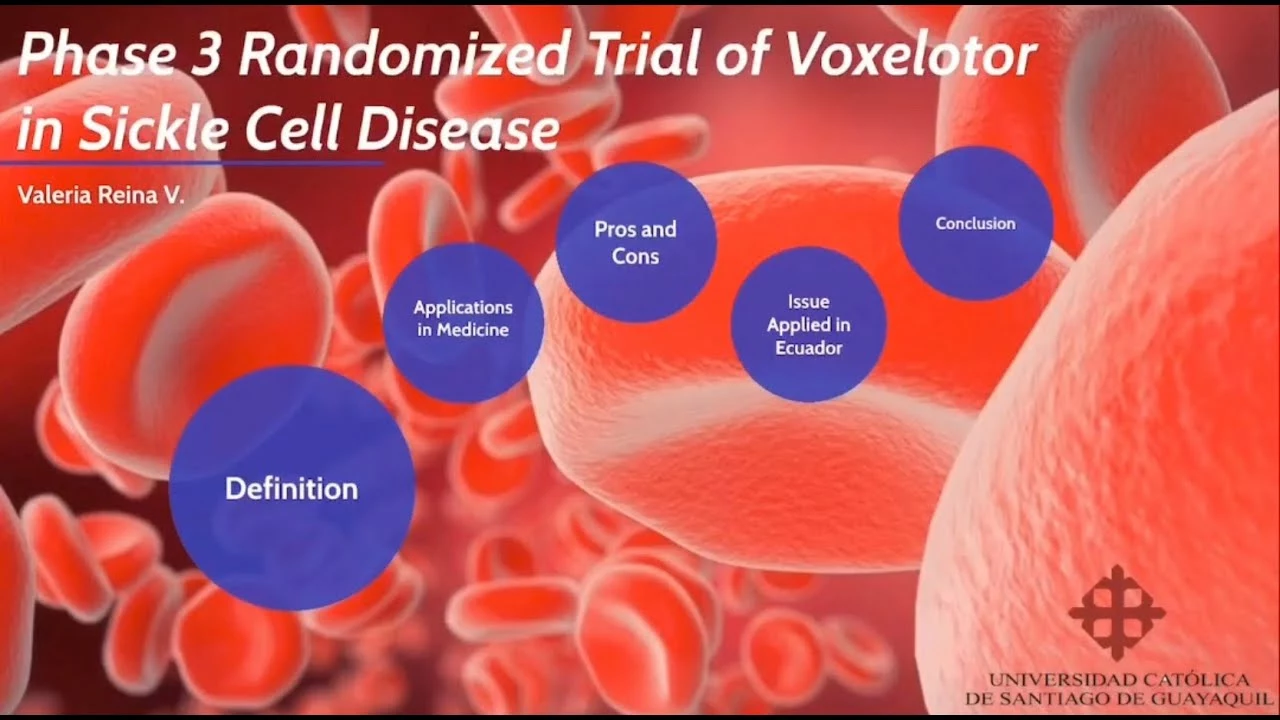Sickle Cell Anemia: Practical Guide to Symptoms, Treatment, and Daily Care
Sickle cell anemia happens when a change in the hemoglobin gene makes red blood cells stiff and crescent-shaped. Those misshapen cells block small blood vessels, causing pain, organ damage, and higher infection risk. Most cases are inherited from both parents who carry the sickle trait.
How do you know if someone has it? Newborn screening catches most cases early; older kids and adults are diagnosed by a blood test called hemoglobin electrophoresis or HPLC. Common signs include anemia (fatigue, pale skin), painful vaso-occlusive crises, swelling in hands and feet, repeated infections, and delayed growth.
Diagnosis & Tests
A simple complete blood count often shows low hemoglobin and abnormal red cell shape. Hemoglobin electrophoresis or HPLC confirms the sickle hemoglobin (HbS). Genetic testing can identify carriers and help with family planning.
Treatment and Daily Tips
Treatment focuses on preventing crises and managing complications. Hydroxyurea reduces pain crises and the need for transfusions by increasing fetal hemoglobin. Regular vaccinations and penicillin for young children lower infection risk. Blood transfusions treat severe anemia and prevent stroke in high-risk patients. Bone marrow transplant can cure some patients, and newer gene therapies are showing promise but may not be widely available yet.
Stay hydrated to reduce sickling, avoid extreme temperatures and high altitude when possible, and manage stress and infections quickly. Use pain plans with your care team before crises strike—know which pain drugs and doses work for you. Carry medical ID and keep up with regular checkups, labs, and specialist visits for lung, kidney, and eye health. Talk with your doctor about pregnancy planning, since pregnancy needs close monitoring.
Know when to seek urgent care: fever over 101°F, severe chest pain or shortness of breath, sudden weakness or speech changes, uncontrolled pain, or signs of stroke or severe infection. Early treatment can save tissue and reduce long-term harm.
Children may need school plans and adults may need workplace accommodations. Mental health matters—deal with chronic pain and fatigue through counseling, peer support, and pacing daily tasks. Joining patient groups helps share practical tips and find local care resources.
Ask your doctor about newborn screening records, carrier testing before pregnancy, and current trials for gene therapy. If you or a family member has sickle cell symptoms, seek testing and connect with a hematologist. Managing sickle cell is a long-term job, but right care and habits cut risks and improve life.
Vaccinations matter: keep up with pneumococcal, Haemophilus influenzae type b, meningococcal, and annual flu shots to lower infection risk. Young children often take daily penicillin until age five to prevent serious pneumococcal disease. If you get frequent transfusions ask about iron overload; chelation therapy prevents organ damage. Hydroxyurea requires regular blood tests to watch blood counts and side effects, but most people tolerate it well. New gene-editing treatments aim to fix or replace the faulty gene; results are promising but access, cost, and follow-up care matter. Find a hematology team familiar with sickle cell, ask about clinical trials, and use a written emergency plan you and your family can follow during serious crises.
The Importance of Advocacy in the Sickle Cell Anemia Community
As a blogger, I cannot stress enough the importance of advocacy in the sickle cell anemia community. Through raising awareness, we can not only educate the public about this genetic disorder but also support those affected by it. Advocacy plays a critical role in influencing policy changes and securing funding for research and treatment. By working together, we can create a more inclusive and understanding society for those living with sickle cell anemia. I am proud to be a part of this movement and will continue to use my platform to make a difference.

